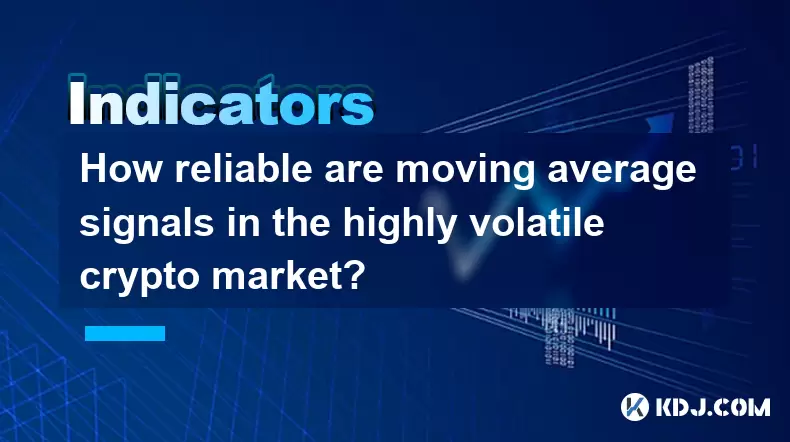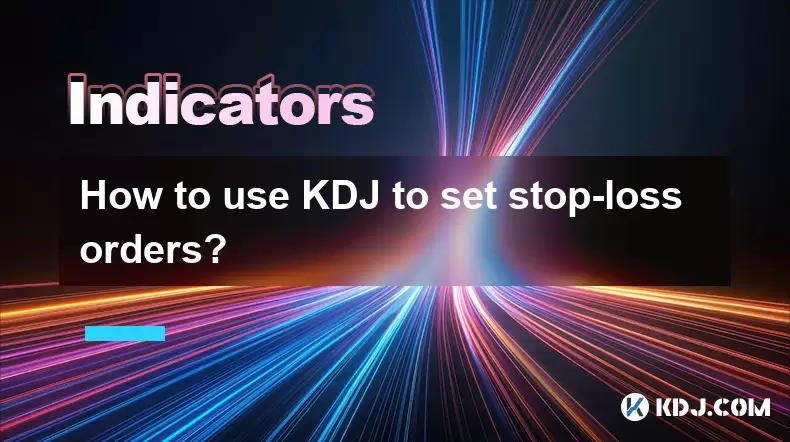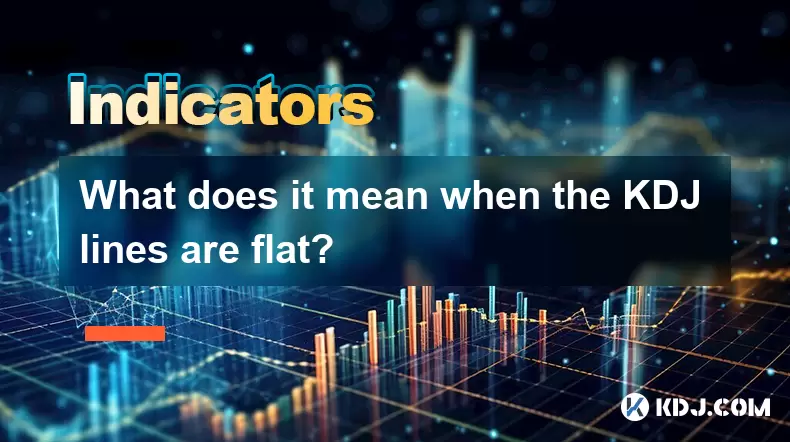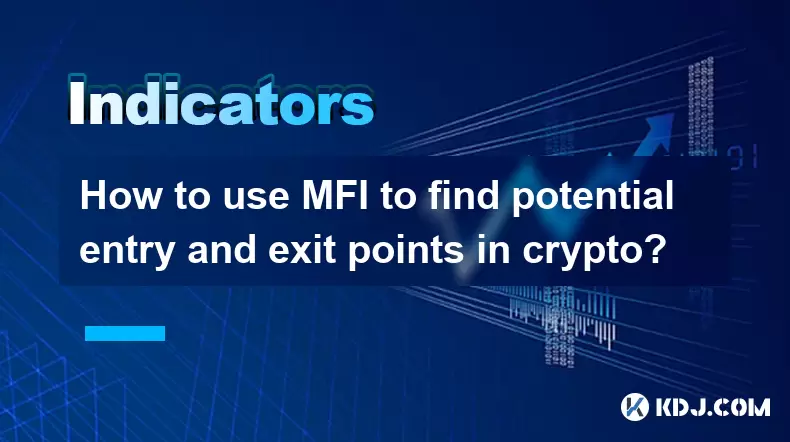-
 Bitcoin
Bitcoin $114700
-3.36% -
 Ethereum
Ethereum $3619
-6.51% -
 XRP
XRP $2.926
-7.66% -
 Tether USDt
Tether USDt $0.9998
-0.02% -
 BNB
BNB $768.6
-4.90% -
 Solana
Solana $168.2
-7.52% -
 USDC
USDC $0.9999
0.00% -
 Dogecoin
Dogecoin $0.2045
-9.02% -
 TRON
TRON $0.3243
-0.27% -
 Cardano
Cardano $0.7208
-8.45% -
 Hyperliquid
Hyperliquid $39.74
-9.17% -
 Stellar
Stellar $0.3882
-8.79% -
 Sui
Sui $3.481
-11.93% -
 Chainlink
Chainlink $16.52
-9.04% -
 Bitcoin Cash
Bitcoin Cash $556.7
-4.79% -
 Hedera
Hedera $0.2444
-11.40% -
 Avalanche
Avalanche $21.96
-8.51% -
 Ethena USDe
Ethena USDe $1.001
-0.02% -
 UNUS SED LEO
UNUS SED LEO $8.950
0.15% -
 Toncoin
Toncoin $3.425
-2.33% -
 Litecoin
Litecoin $104.4
-5.94% -
 Shiba Inu
Shiba Inu $0.00001212
-7.49% -
 Polkadot
Polkadot $3.630
-6.98% -
 Uniswap
Uniswap $9.165
-10.12% -
 Monero
Monero $306.8
-3.10% -
 Dai
Dai $0.9999
-0.01% -
 Bitget Token
Bitget Token $4.360
-3.43% -
 Pepe
Pepe $0.00001049
-9.59% -
 Cronos
Cronos $0.1352
-8.67% -
 Aave
Aave $256.5
-8.03%
How reliable are moving average signals in the highly volatile crypto market?
Moving averages help crypto traders identify trends and reversals, but their effectiveness depends on volatility, timeframe, and confirmation with other indicators like RSI or MACD.
Jul 31, 2025 at 08:36 pm

Understanding Moving Averages in Cryptocurrency Trading
Moving averages (MAs) are among the most widely used technical indicators in the cryptocurrency market. They help smooth out price data over a specified period, allowing traders to identify trends and potential reversal points. The simple moving average (SMA) calculates the average closing price of an asset over a defined number of periods, while the exponential moving average (EMA) gives more weight to recent prices, making it more responsive to new information. In the context of crypto, where price swings can exceed 10% in a single day, MAs serve as tools to filter out noise and highlight directional momentum. However, their reliability is often debated due to the market’s inherent volatility and susceptibility to manipulation.
Types of Moving Average Crossovers and Their Applications
Traders commonly use crossovers between different moving averages to generate buy or sell signals. A golden cross occurs when a short-term MA (e.g., 50-day EMA) crosses above a long-term MA (e.g., 200-day EMA), suggesting a potential bullish trend. Conversely, a death cross forms when the short-term MA drops below the long-term MA, signaling bearish momentum. These signals are frequently monitored on Bitcoin and Ethereum charts. Despite their popularity, false signals are common during sideways or choppy market phases. For example, during a period of consolidation, the price may repeatedly cross above and below the MA lines, leading to whipsaws. To reduce such risks, traders often combine crossovers with volume analysis or other indicators like the Relative Strength Index (RSI).
Adapting Moving Averages for High Volatility
Cryptocurrencies exhibit volatility far exceeding that of traditional assets, which impacts the effectiveness of standard MA settings. A 20-day SMA might react too slowly during a rapid dump, while a 5-day EMA could generate excessive noise. Traders adjust for this by using shorter timeframes or dynamic MA lengths based on market conditions. For instance, during high-volatility events such as exchange hacks or regulatory news, switching to a 9-period EMA on a 1-hour chart may provide more timely signals. Some traders use adaptive moving averages (AMA), which automatically adjust sensitivity based on volatility. The Kaufman Adaptive Moving Average (KAMA) is one such variant that reduces lag during strong trends and smooths out erratic movements during consolidation.
Backtesting Moving Average Strategies on Crypto Assets
To assess reliability, traders often backtest MA strategies using historical data. Platforms like TradingView or Python with libraries such as pandas and backtrader allow users to simulate performance. A basic test might involve:
- Fetching historical price data for Bitcoin from 2017 to 2023
- Calculating the 50-day and 200-day SMAs
- Generating buy signals when the 50-day crosses above the 200-day
- Generating sell signals when the 50-day crosses below
- Accounting for transaction fees and slippage
- Comparing the strategy’s return against a simple buy-and-hold approach
Results typically show that MA crossovers perform well during strong bull or bear markets but underperform in ranging markets. For example, the 50/200-day strategy would have captured most of the 2017 and 2021 bull runs but suffered losses during the prolonged sideways phase in 2018–2019.
Combining Moving Averages with Other Indicators
To improve signal accuracy, many traders integrate MAs with complementary tools. One effective method is using Bollinger Bands in conjunction with the EMA. When the price touches the lower Bollinger Band and the 20-day EMA begins to flatten upward, it may indicate a potential reversal. Another approach involves the MACD (Moving Average Convergence Divergence), which itself is based on EMAs. A MACD line crossing above the signal line while both are above zero can confirm bullish momentum suggested by a golden cross. Volume-weighted moving averages (VWAP) are also useful, especially on intraday charts, as they reflect average prices weighted by trading volume, offering insight into institutional activity.
Practical Steps to Implement a Moving Average Strategy on an Exchange
To apply a moving average strategy on a live trading platform such as Binance or Coinbase Pro:
- Log in to your exchange account and navigate to the trading interface
- Select the cryptocurrency pair (e.g., BTC/USDT)
- Open the charting tools and click on "Indicators"
- Search for "Moving Average" and add two instances: one with a period of 50 and another with 200
- Set both to EMA for faster response
- Enable alerts by right-clicking on the chart, selecting "Add Alert," and setting conditions such as "When EMA(50) crosses above EMA(200)"
- Configure alert delivery via email or app notification
- Define entry and exit rules in advance, such as buying 0.05 BTC on a golden cross and selling 50% on a death cross
- Use stop-loss orders to manage risk, placing them below recent swing lows
This setup allows traders to automate signal detection without relying solely on real-time monitoring.
Frequently Asked Questions
Can moving averages predict exact price levels in crypto?
No, moving averages do not predict specific price targets. They indicate trend direction and potential support or resistance zones. For example, a rising 200-day SMA may act as dynamic support, but it does not guarantee price will bounce from it.
Are moving averages more reliable on higher timeframes in crypto?
Yes, MAs on daily or weekly charts tend to produce fewer false signals compared to 5-minute or 15-minute charts. Longer timeframes smooth out short-term volatility, making trends clearer and crossovers more meaningful.
Why do moving average signals fail during news events?
Major news—such as regulatory crackdowns or exchange outages—can cause price gaps that bypass MA levels entirely. Since MAs are lagging indicators, they cannot react instantly to sudden shifts driven by external factors.
Should I use simple or exponential moving averages for crypto trading?
The exponential moving average (EMA) is generally preferred in crypto due to its responsiveness. It places greater importance on recent prices, which is crucial in fast-moving markets where outdated data can misrepresent current momentum.
Disclaimer:info@kdj.com
The information provided is not trading advice. kdj.com does not assume any responsibility for any investments made based on the information provided in this article. Cryptocurrencies are highly volatile and it is highly recommended that you invest with caution after thorough research!
If you believe that the content used on this website infringes your copyright, please contact us immediately (info@kdj.com) and we will delete it promptly.
- Australia vs Lions: Unleashing Betting Offers and Free Bets for the Thrilling Finale
- 2025-08-01 16:30:11
- Bitcoin, Satoshi, and the Echoes of Ancient Wisdom in DeFi
- 2025-08-01 16:50:12
- ONDO Tokens: Could They Mint the Next Crypto Millionaires?
- 2025-08-01 16:30:11
- Satoshi, Meme Coins, and Substance: A New Era?
- 2025-08-01 16:50:12
- Decoding the Roar: Australia, the Lions, and the Betting Odds
- 2025-08-01 16:55:48
- Bitcoin Price Plummets Amid Trump Tariffs: A Market Sell-Off Deep Dive
- 2025-08-01 16:55:48
Related knowledge

How does the KDJ indicator apply to decentralized finance (DeFi) tokens?
Aug 01,2025 at 04:43pm
Understanding the KDJ Indicator in Technical AnalysisThe KDJ indicator is a momentum oscillator derived from the Stochastic Oscillator, widely used in...

What is the difference in KDJ signal interpretation between a trending and a ranging market?
Aug 01,2025 at 03:56pm
Understanding the KDJ Indicator in Cryptocurrency TradingThe KDJ indicator is a momentum oscillator widely used in cryptocurrency trading to identify ...

Does the KDJ indicator work well for low-liquidity crypto assets?
Aug 01,2025 at 02:01pm
Understanding the KDJ Indicator in Cryptocurrency TradingThe KDJ indicator is a momentum oscillator derived from the Stochastic Oscillator, widely use...

How to use KDJ to set stop-loss orders?
Aug 01,2025 at 04:28pm
Understanding the KDJ Indicator in Cryptocurrency TradingThe KDJ indicator is a momentum oscillator widely used in technical analysis within the crypt...

What does it mean when the KDJ lines are flat?
Aug 01,2025 at 03:22pm
Understanding the KDJ Indicator in Cryptocurrency TradingThe KDJ indicator is a momentum oscillator widely used in cryptocurrency technical analysis t...

How to use MFI to find potential entry and exit points in crypto?
Aug 01,2025 at 02:35pm
Understanding the MFI Indicator in Cryptocurrency TradingThe Money Flow Index (MFI) is a momentum oscillator used to measure the strength and directio...

How does the KDJ indicator apply to decentralized finance (DeFi) tokens?
Aug 01,2025 at 04:43pm
Understanding the KDJ Indicator in Technical AnalysisThe KDJ indicator is a momentum oscillator derived from the Stochastic Oscillator, widely used in...

What is the difference in KDJ signal interpretation between a trending and a ranging market?
Aug 01,2025 at 03:56pm
Understanding the KDJ Indicator in Cryptocurrency TradingThe KDJ indicator is a momentum oscillator widely used in cryptocurrency trading to identify ...

Does the KDJ indicator work well for low-liquidity crypto assets?
Aug 01,2025 at 02:01pm
Understanding the KDJ Indicator in Cryptocurrency TradingThe KDJ indicator is a momentum oscillator derived from the Stochastic Oscillator, widely use...

How to use KDJ to set stop-loss orders?
Aug 01,2025 at 04:28pm
Understanding the KDJ Indicator in Cryptocurrency TradingThe KDJ indicator is a momentum oscillator widely used in technical analysis within the crypt...

What does it mean when the KDJ lines are flat?
Aug 01,2025 at 03:22pm
Understanding the KDJ Indicator in Cryptocurrency TradingThe KDJ indicator is a momentum oscillator widely used in cryptocurrency technical analysis t...

How to use MFI to find potential entry and exit points in crypto?
Aug 01,2025 at 02:35pm
Understanding the MFI Indicator in Cryptocurrency TradingThe Money Flow Index (MFI) is a momentum oscillator used to measure the strength and directio...
See all articles

























































































